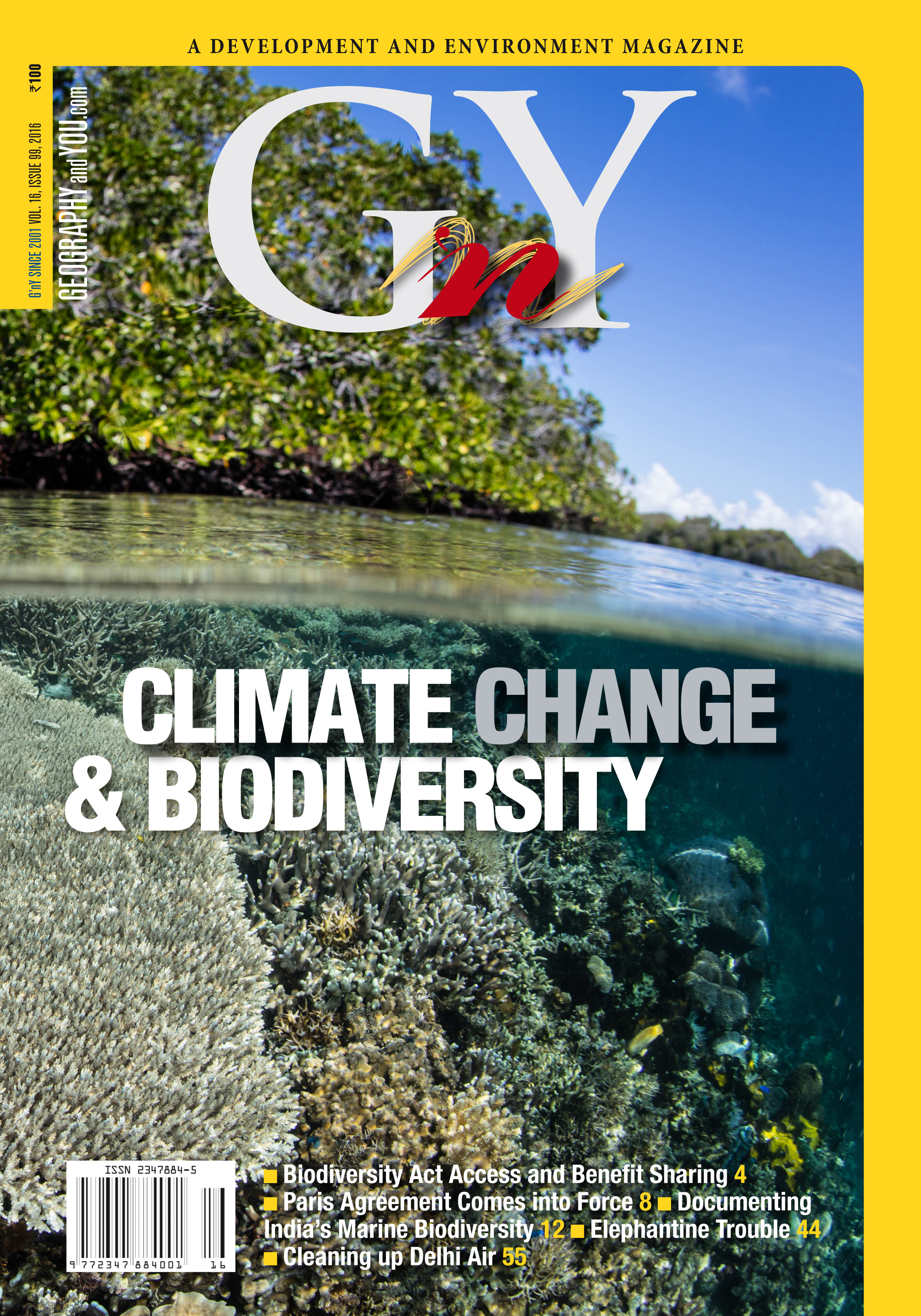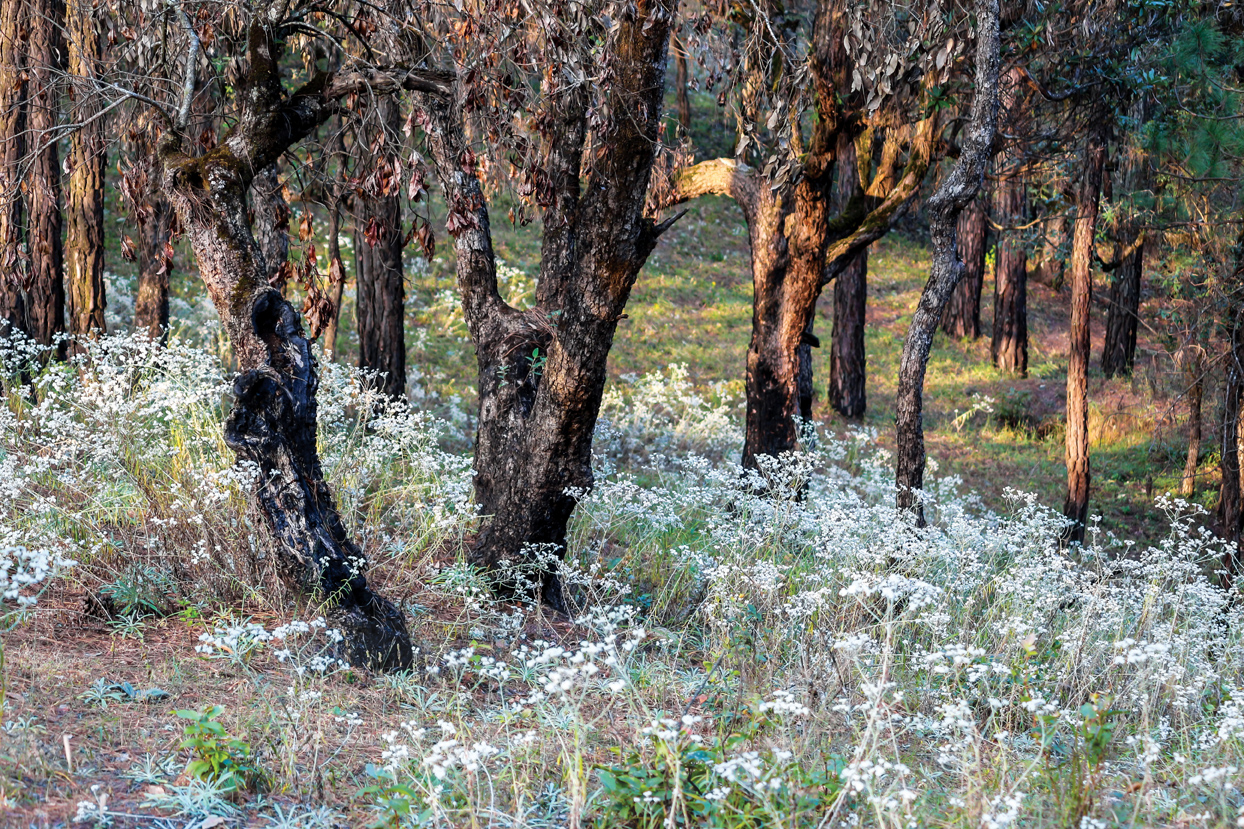
Expert Panel

Vice Chancellor, MG Kashi Vidyapeeth, Varanasi

Chairman, National Biodiversity Authority, Chennai

Former Director, NCAOR, Goa

Air Vice Marshal (Retd) Former DG, IMD, New Delhi

Former Member Secretary, Central Pollution Control Board, New Delhi

Professor, CSRD, Jawaharlal Nehru University, New Delhi

Professor, CSRD, Jawaharlal Nehru University, New Delhi

Director, Economic Research, Nielsen, New Delhi
Inside this issue
Biodiversity Policy
The complexity in evaluating biodiversity makes it difficult to ensure equity where bio-resources are concerned. Convention of Biological Diversity and India’s Biodiversity Act are moves to bring in equity in the sharing of bio-resources for mutual benefit.
The Paris Agreement is now an international law. But the target of preventing temperatures rising beyond 2 degrees centigrade can never be achieved unless countries come together and show concerted will.
Marine
As per available data, there are 21,663 marine species in India, of which, 20,444 are faunal communities. However, in the absence of adequate documentation, the exact numbers are uncertain, and so is the status of India’s marine biodiversity.
Climate change and anthropogenic factors, are causing many marine species to die out, resulting in a devastating impact on coastal populace. Replenishing mangrove ecosystems can provide a viable solution to tackle this problem.
The limited opportunities to mine for minerals on land is making the world consider deep seabed mining as an alternative. But this can pose major destruction to marine biodiversity, given our limited knowledge of the effects of disturbing the high seas, especially in oxygen-minimum zones.
Region
It is easy to arrest a decline in Himalayan biodiversity, provided local communities are involved in the process. Efforts in the Himalayan region prove this beyond doubt.
Human-animal conflict is often triggered by poverty and the need to access resources for survival. Such confrontation can be prevented by bringing in livelihood projects that help human population, and prevent them entering areas earmarked for wildlife.
Home to a large number of endemic flora and fauna the Western Ghats is unique in many ways. However, climate change, overexploitation, and deforestation are playing havoc with its biodiversity.
Man Animal
Elephants are today endangered due to fragmentation of habitat, reduction of forest cover, and the hostility of local communities to wildlife. A holistic approach to conservation is the best solution to benefit all concerned.
Deforestation and habitat degradation have primarily contributed to monkeys moving into human settlements over the last few decades. Long-term scientific measures are the only solution to the monkey menace.
Environment People
Although the Indian government has myriad schemes to promote tourism, there is no regulatory framework for the sector. If tourism is to be sustainable, with minimum impact on biodiversity and the environment, a regulatory policy framework is urgently needed.
In brief
Paleontologists claim that the history of life on Earth is 3.5 billion years old. In addition, they have convincingly proved that rapid environmental changes have caused huge drops in biodiversity in the past. With climate change manifesting itself more starkly than ever—each year reaching a new h

